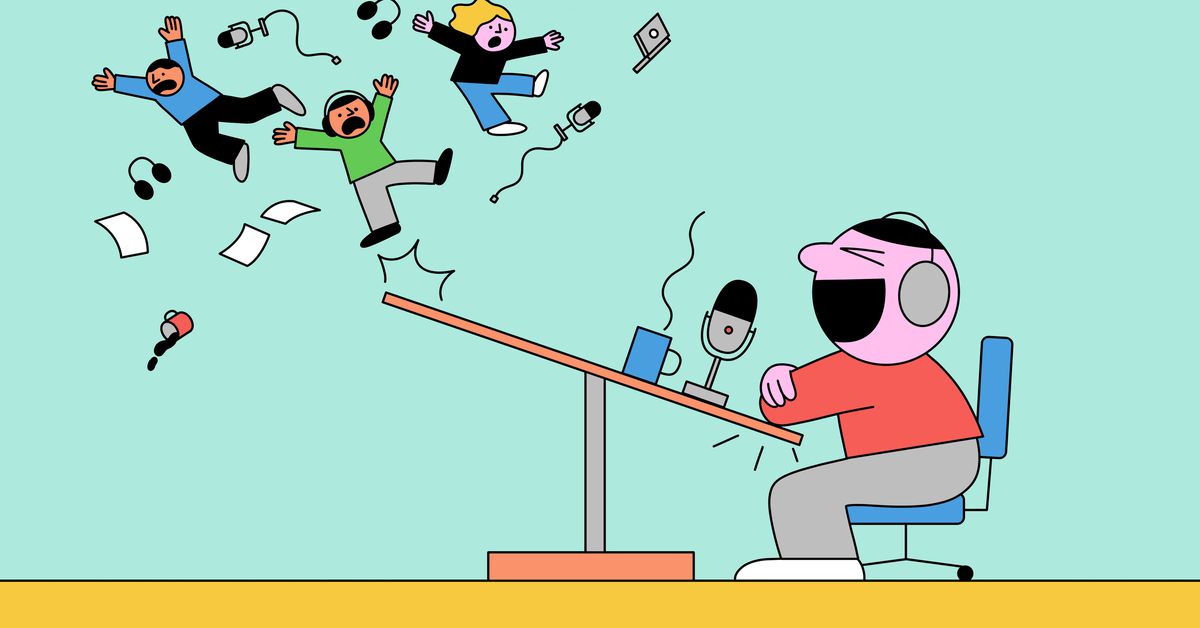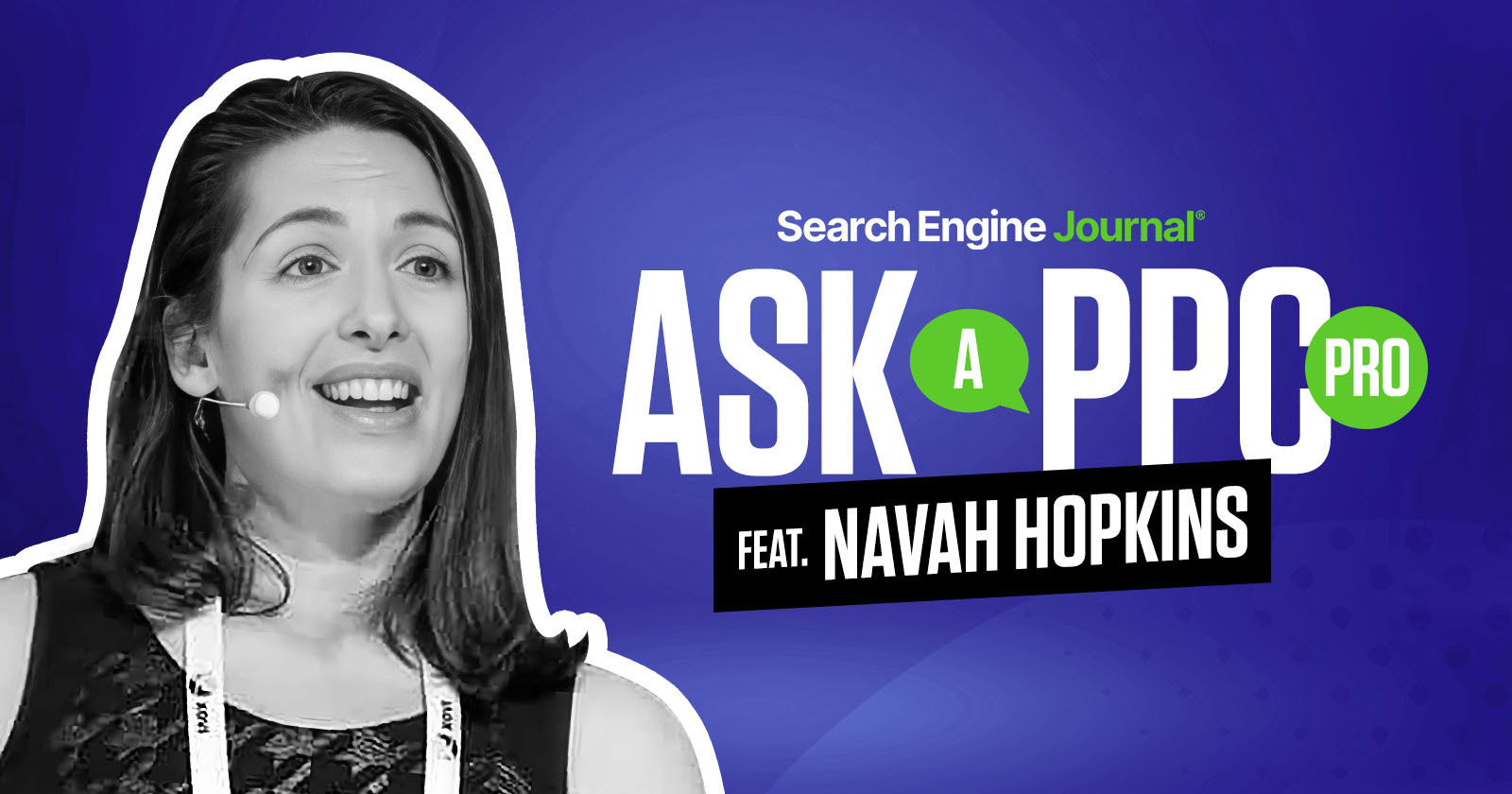Hellblade II: headphones on, heart rate up
Image: Ninja TheoryIf you can, play Hellblade II with headphones to fully experience the depth of the game’s unique storytelling. Continue reading…
/cdn.vox-cdn.com/uploads/chorus_asset/file/25457186/SenuasSaga_Screenshot_02.png)
In Senua’s Saga: Hellblade II, the first and only instruction the game provides is that the game is best experienced with headphones. Typically, I always ignore that advice. I’m not a “headphones on, lights off” kind of player. I don’t need ambiance. But for Hellblade II, I decided, “Why not?” What followed was an aural experience that thrilled, frightened, and unsettled the Hel(lblade) outta me.
Note: Of course, if, for whatever reason, you can’t play with headphones, the game’s subtitles and closed captioning do good work conveying the game’s unique audio design.
In Hellblade II, the follow-up to 2017’s Hellblade: Senua’s Sacrifice, Senua, a Pict warrior, embarks on another harrowing journey. Instead of venturing to the gates of Helheim, she travels north to confront the viking raiders that have been stealing and enslaving her people. On her journey, Senua is accompanied by a Homeric chorus of voices that reflect her struggle with psychosis. The team at Ninja Theory made it a point to explain that they consulted with mental health experts — including a professor of psychiatry at Cambridge University and people who live with the disorder — in order to portray psychosis respectfully and accurately. That manifests as hearing voices clip in and out of each side of my headphones. At the beginning of the game, I would whip my head left or right as the voices jumped around before I finally grew used to them.
There’s a richness to the voice performances that are lost if they’re diffused through open air instead of beamed directly into your ears. They speak in short, staccato sentences, contextualizing Senua’s feelings about a particular encounter. When she meets someone, her voices wonder if they can be trusted. In fights, they shout encouragements and admonitions. “Get up. Get up!” or “They’re so strong!” I like the voices. They remind me of my own rapid-fire internal monologue quipping about the myriad things that flit around in my head.
Senua’s voices also help with navigation and puzzle solving, but not so much that it becomes obnoxious. In Hellblade II, there’s none of that “the dialogue tells you the solution” stuff that happens in other games. For the first puzzle section involving a path blocked by a large symbol, the voices yell “Focus!” prompting you to press the right trigger to engage Senua’s focus ability. When I got lost during a particularly bewildering section in a dark forest, the voices remarked only once that I was lost then shut up, leaving me to figure out the solution in blessed silence.
In delving into a drained lake, I could hear water dripping all around me as the caverns echoed with the sound of my breathing. The further I traveled, the darker it got, and the more sinister the sounds became. My breathing slowly transformed into the guttural sounds of disquieted spirits. That should have been a problem. I hate the sounds typically associated with horror — that crawling, squelching sound used whenever a game or movie wants to convey that something’s gross and wet. But the scary sounds in Hellblade II never crossed the threshold into repulsive or triggering for me (misophonia sufferers, rejoice). Instead, the sounds were soft and quiet but no less sinister, sounding as though they were just over my shoulder in the real world.
Image: Ninja Theory
My aural journey with Hellblade II wasn’t limited to sound effects and voices. The music also played an integral role in crafting a visceral full-body experience with the game. Early on, there’s an encounter where it all combines — music, sound effects, and voices — to create a goose bump-inducing moment that I won’t spoil. The tempo of the music combined with the on-screen action created a beat that I could physically feel reverberating in my chest as I played. It’s a game-defining moment that really nails the skill and creativity of Hellblade II’s sound team.
I’m an aural person, someone who places great emphasis on sound, and Hellblade II felt like it was a game made for me. In Hellblade II, there is no in-game UI. There are no tutorial pop-ups that pause the action to tell you what buttons do what or how to interact with the environment. A UI adds a layer of artificiality, reminding you that you that this is make-believe. Without it, the game created a level of reality that I’ve never really experienced before, forcing me to fully inhabit Senua as a character. And with headphones in, I heard so much more of the world and got a greater feeling for Senua’s unique experience in it.
Senua’s Saga: Hellblade II is out now on Xbox and Game Pass.

 Konoly
Konoly 
































